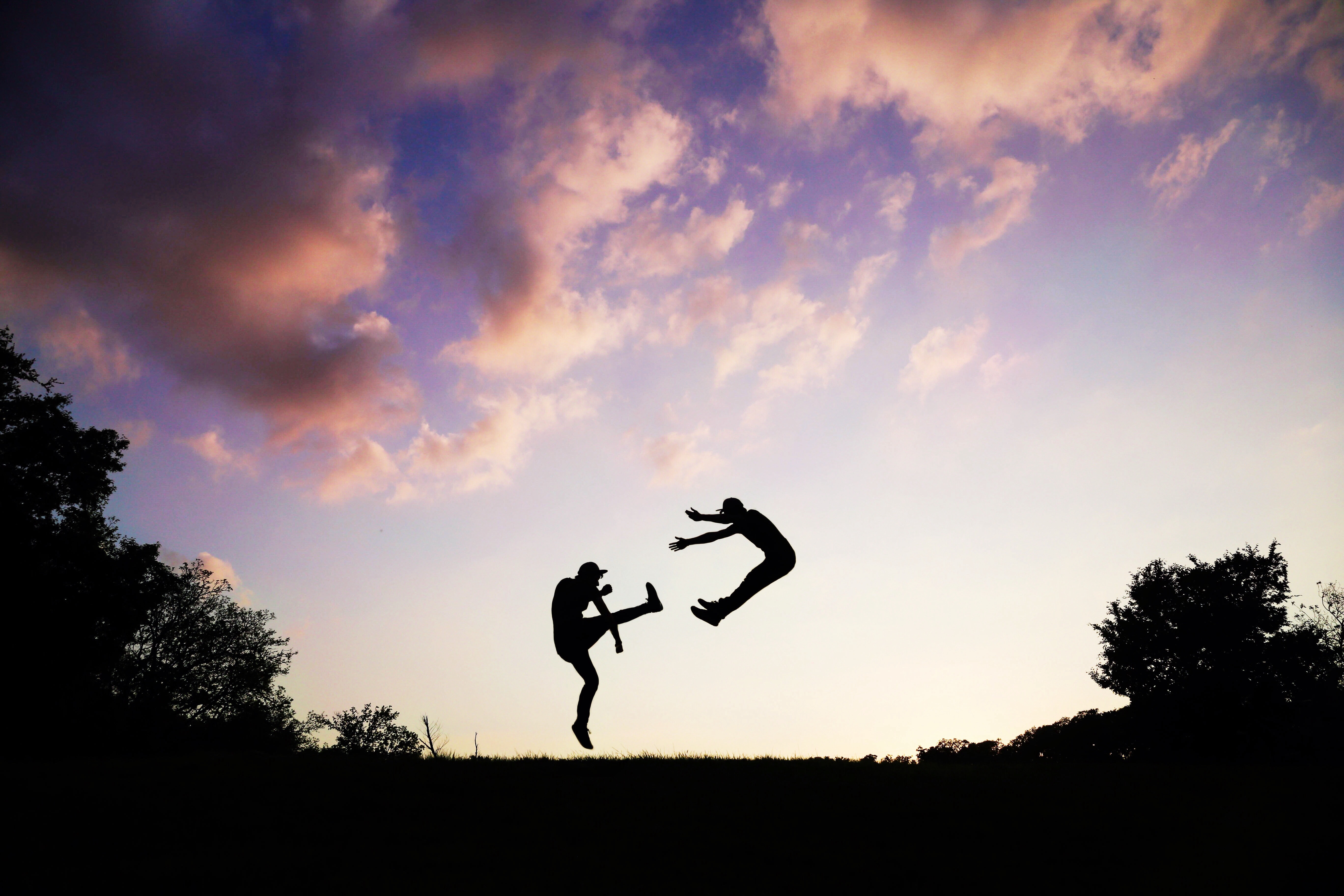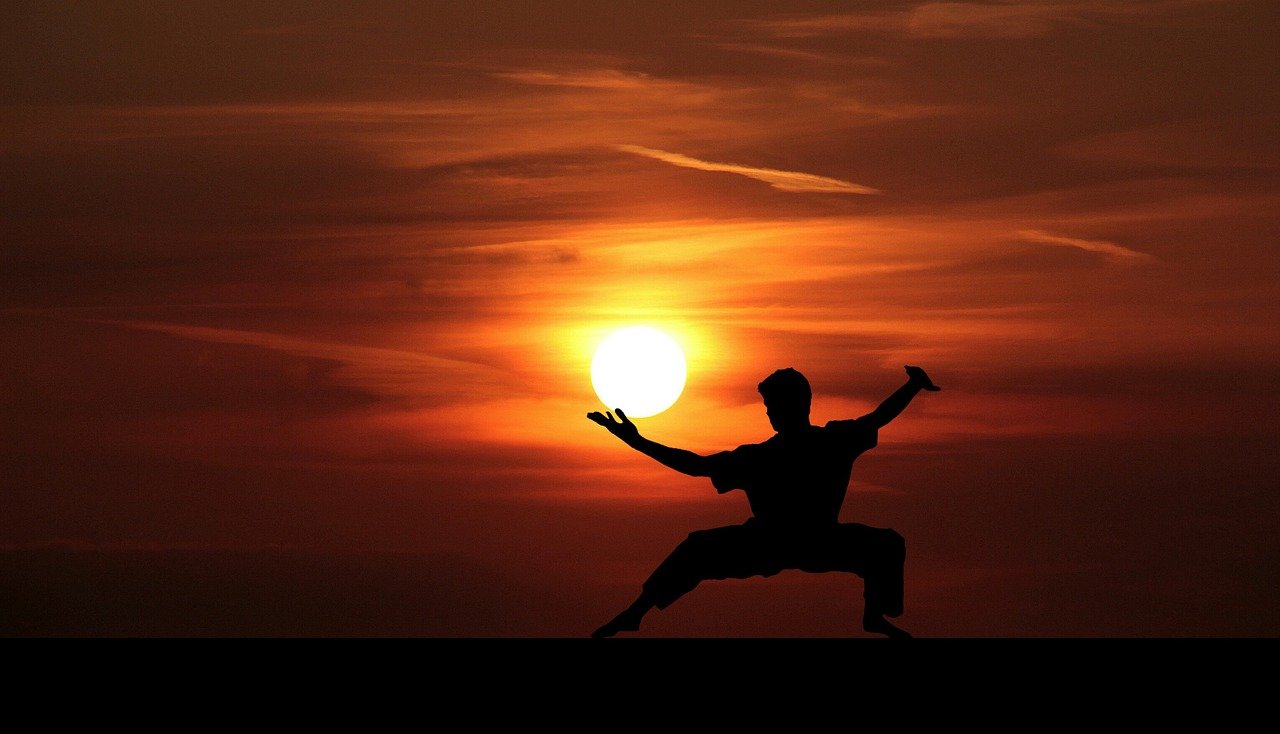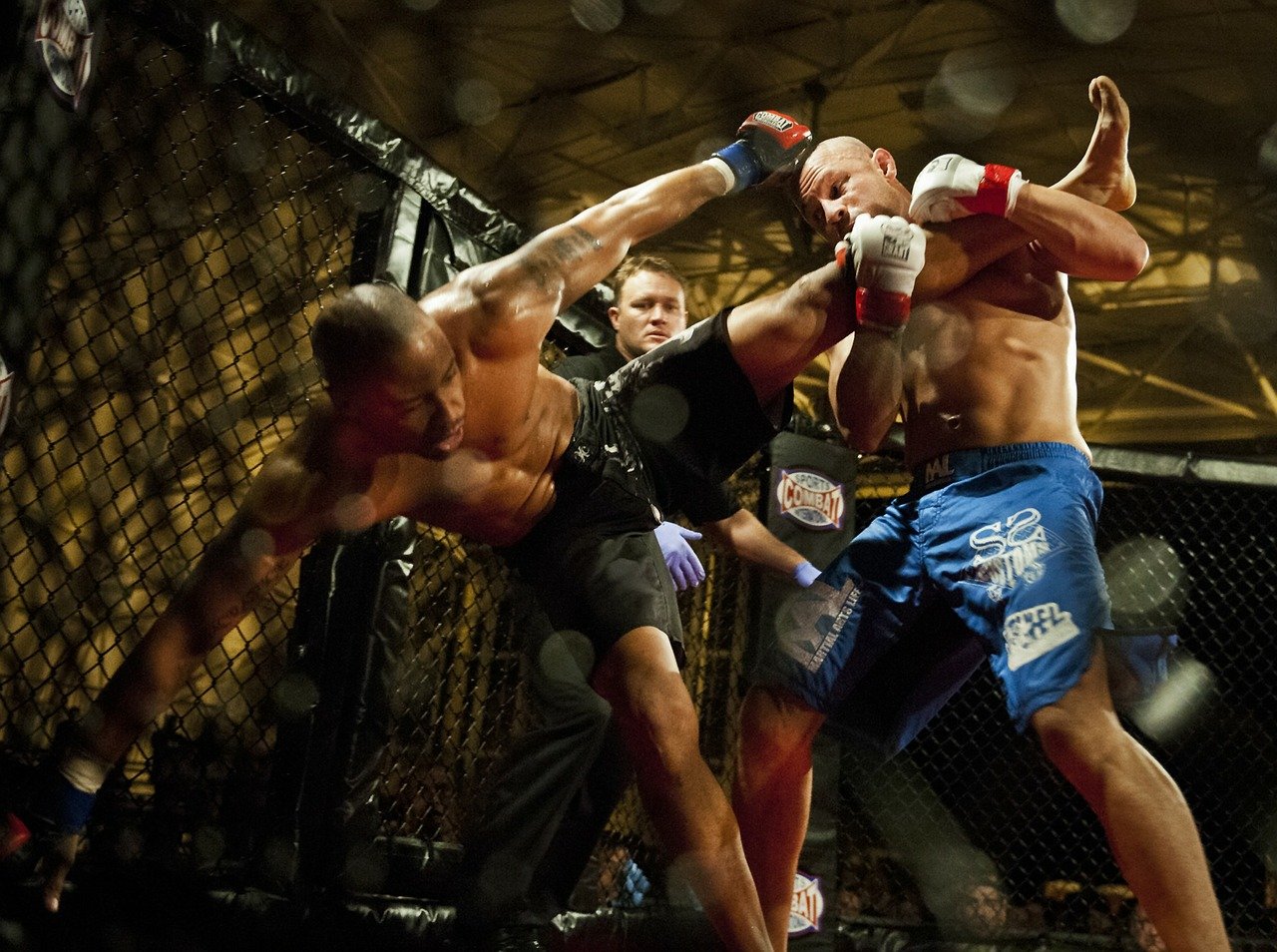Martial Arts
Martial arts are codified systems and traditions of combat practices, which are practiced for a variety of reasons: self-defense, competition, physical health and fitness, entertainment, as well as mental, physical, and spiritual development.
History
Even before the rise of the earliest civilizations, fighting systems cropped up in various tribes and groups. During the Imperial Age, the foundation of Chanquan martial arts came from a Legendary Deshi monk who went to what would later be Jianghu to train the the ascetic monks there with exercises to maintain their bodies that would later became the famous Chanquan Wushu.
Even after the Ghulat Wars and the decline of most civilizations, traveling disciples maintained the ancient styles in the rebuilt Chanquan monasteries in Jianghu and Wusiguo. The grand principles of these martial arts influenced later fighting styles of Tianxia and lead to the restoration of the original Deshi martial arts in modern Jamba and neighboring countries. It also reestablished the concept of life force and its application in combat, Neijing.
Execution
Mindsets/Outlooks
Art: This is for a practitioner with a spiritual outlook. Many Martial Arts masters fall into this category, regardless of style. It’s the study of the body, the spirit, and the mind and developing those connections through meditation and intensive training. This outlook is a lifestyle that involves constant self-improvement and introspection. Its intention is non-combative, though the practitioner can also train for that. The training focus is developing the discipline perfecting the movements and forms of the martial art to improve the self physically, mentally, and spiritually.
Sport: This is the martial artist who trains primarily for the arena, whether that’s professional prize fighting, death matches, or the Olympics. The trainee is prepared around a certain set of rules of what they can and cannot do. Authors who wish to write these characters will have to study up on the specific rules behind the intended training. This should be self-explanatory, but it can get confusing when the same Martial Art can fall under this label and the Lethal one. The difference is not in the techniques, but the type of preparation the trainee receives from their instructor. Someone who trains for matches does not do so with the likelihood of death as an immediate part of the equation. While they know it may happen, they also know it’ll probably be accidental or a result of their (or their opponent’s) stupidity. Actively murdering an opponent in the ring is detrimental to most fighters’ careers.
Fitness: Martial arts training aims to result in several benefits to trainees, such as their physical, mental, emotional and spiritual health. Through systematic practice in the martial arts a person's physical fitness may be boosted (strength, stamina, flexibility, movement coordination, etc.) as the whole body is exercised and the entire muscular system is activated. Beyond contributing to physical fitness, martial arts training also has benefits for mental health, contributing to self-esteem, self-control, emotional and spiritual well-being. For this reason, a number of martial arts schools have focused purely on therapeutic aspects, de-emphasizing the historical aspect of self-defense or combat completely.
Subdual: This is the outlook that focuses on subduing the opponent over killing them. These Martial Arts often focus on joint locks, throws, pressure points, and breaks over general striking, some of them are designed around easy understanding and application; others take much longer to learn. It’s important to remember that the outlook of these practitioners is to injure their opponent just enough to stop them, while they may be prepared to kill, this is not their primary objective nor the goal.
Lethality: Almost all martial styles were originally lethal ones and with the right training most can be again, but this is about outlook. The practitioner of one of these styles is someone who has been trained to kill, this is their primary objective. So, these are the martial arts that are designed specifically around killing the opponent as quickly as possible. They are the most actively combative of all the different Martial Arts and have suffered the least from degradation into the above sport styles.
Personal Force
Practitioners of wushu refer to two separate forms of personal force: Li refers to the more elementary use of tangible physical (or "external") force, such as that produced by muscles. Neijing, in contrast, refer to "internal" forces produced via advanced mental control over life energy (the chi).
The degree of Li force one can employ in wushu depends on several variables such as resilience of muscles, strength of bones, speed and timing of attack and so on. An effective way to enhance the Li force is to exercise one’s muscles and bones by applying increasing pressure on them (weight training, gym exercises, etc.). The stronger one’s muscles and bones become, the more powerful and skillful the level of wushu is.
On the other hand, the level of the Neijing force depends on the extent one can exercise one’s will power to release an inner qi energy. Within the framework of Chanquan martial arts, every person is believed to possess the inborn energy of qi. Martial artists can harness the force of qi so that it is strong enough to be applied in combat. When qi is being directed by one’s will, it is called Neijing.
The Li force is observable when it is employed. Unlike the Li force, Neijing is said to be invisible. The "pivot point" essential to Li combat is not necessary in Neijing. At the point of attack, one must ‘song’ (loosen) himself to generate all Neijing energy one possesses and direct this energy stream through one’s contact point with an opponent. The contact point only represents the gateway to conduct Neijing energy at the point of attack.
The wushu component of Li force is limited by one’s physical condition. When a person passes his/her prime age, one’s wushu ability will pass the optimum level, too. The degree of wushu will decline when muscles and bones are not as strong as they used to be. On the other hand, the wushu aspect of Neijing is said to continually grow as long as one lives.
Technical focus
Unarmed
Unarmed martial arts can be broadly grouped into focusing on strikes, those focusing on grappling and those that cover both fields, often described as hybrid martial arts.
Strikes
Punching
Kicking
Grappling
Throwing
Joint lock/Chokeholds/Submission holds
Pinning Techniques
Chanquan Wushu are martial arts that can be classed into one of two large categories or ‘families’: external, and internal.
External styles focus on training the body physically, equating it to power and strength. On the other hand, internal styles focus on energy flow and its circulation, method of breathing, and other subtle elements like directing the enemies force, momentum, and balance against them.
Weapon-based
Those traditional martial arts which train armed combat often encompass a wide spectrum of melee weapons, including bladed weapons and polearms.
Sometimes, training with one specific weapon will be considered a style of martial arts in its own right, which is especially the case in Wakoku martial arts with disciplines such as kenjutsu and kendo (sword), bojutsu (staff), and kyudo (archery). Similarly, modern martial arts and sports include modern fencing, stick-fighting systems like canne de combat or singlestick, and modern competitive archery.
Magical Martial Arts
A branch of hand-to-hand combat techniques that incorporate the use of magic. Most are traditonal styles that use species specific sorcery although their are those that use more open forms of magic like spellcraft.
Components and tools
Some martial arts are unarmed, which means they rely heavily on using parts of the body in combat, typically limbs to strike with in the case of punches and kicks or used in defense like blocking, parrying or used to grapple opponents.
Many martial arts also have armed series of drills, meant to practice proficiency with a particular weapon such as a sword or polearm.
Observance
Martial Arts training originated by personal discoveries by individuals or in small militia like groups or warrior classes. With the creation of military in city states, standardized forms of weapons training and close quarters combat became mandatory in these regiments.







Comments